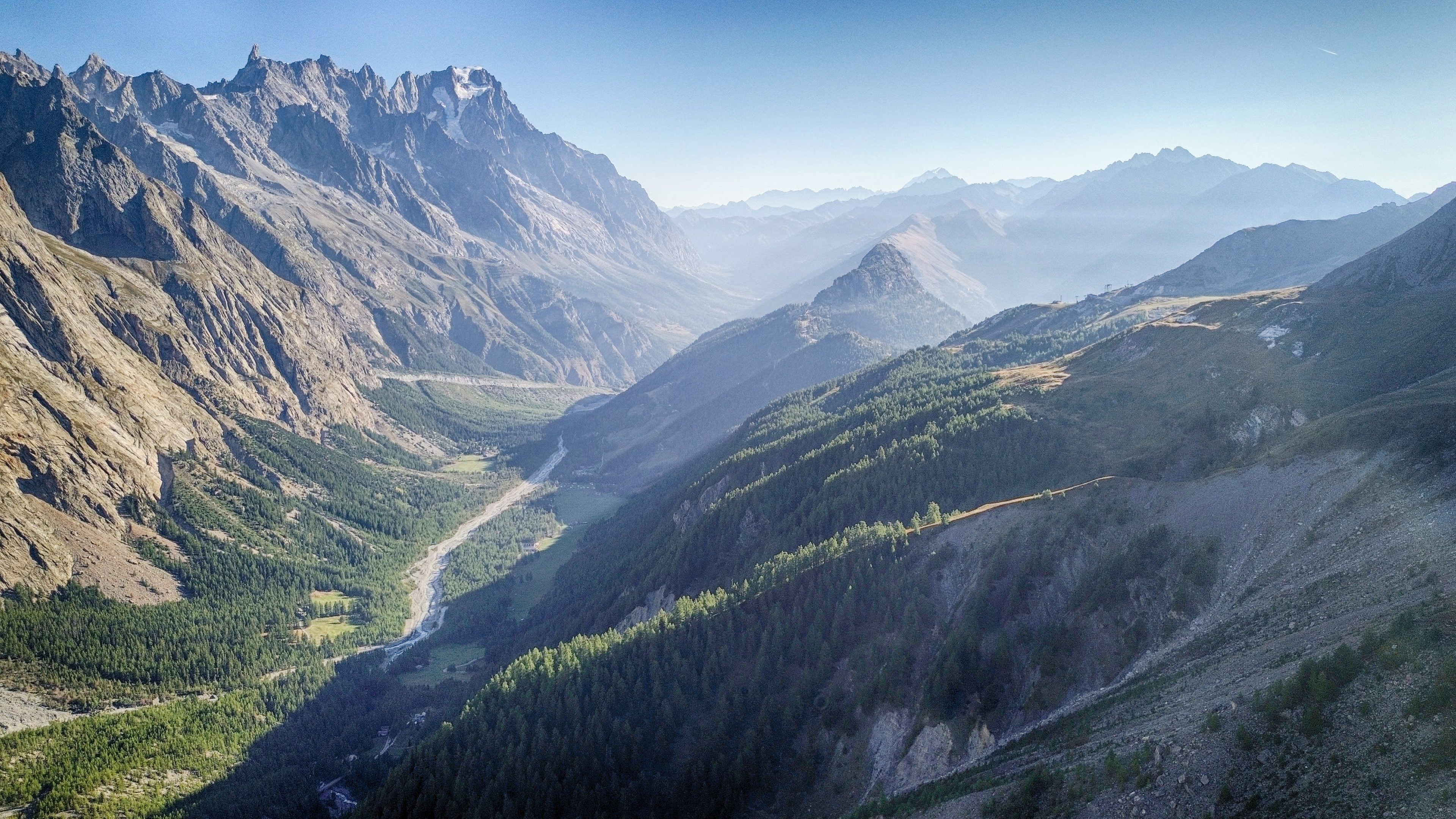Description
The Tour du Mont Blanc is arguably the world's most famous long-distance alpine trek, and for good reason. It is a grand circular journey around the highest mountain in Western Europe, offering a veritable feast of alpine scenery that changes dramatically with each valley and border crossing. The TMB is the quintessential European alpine experience, defined by lush green valleys, charming mountain hamlets, the sound of cowbells, and a backdrop of immense glaciers and jagged, snow-dusted peaks. It is a journey through three distinct cultures, where one can enjoy a French croissant for breakfast, Italian pasta for lunch, and Swiss cheese for dinner, all within a day or two of hiking.
The trail's immense popularity has fostered a highly developed infrastructure of mountain huts (refuges, rifugi), hotels, and transport links. This accessibility makes it manageable for a wide range of fit walkers and distinguishes it from wilder, more remote treks. While it presents a significant physical challenge with nearly 10,000 meters of cumulative ascent, the paths are generally well-maintained and clearly marked. The TMB is less about extreme technical difficulty and more about the sustained effort of crossing ten major mountain passes over eleven days, all while circumnavigating one of the planet's most magnificent mountain massifs.
Route
Loading map...
Elevation
Loading elevation chart...
Getting There & Back
The Tour du Mont Blanc (TMB) is one of the most accessible major treks in the Alps. The primary gateway is Geneva Airport (GVA) in Switzerland, from which numerous shared and private transfer companies offer a quick 1-1.5 hour drive to the Chamonix valley, the traditional starting hub. The classic starting point is Les Houches, just outside Chamonix. Public transport options, including buses and trains, also connect the main towns on the route—Chamonix (France), Courmayeur (Italy), and Champex-Lac (Switzerland)—to major airports and cities in their respective countries.
Accommodation
The TMB boasts a vast network of over 100 accommodation options, with certain key huts being highly sought after.
- Rifugio Bonatti (Italy): Famed for its spectacular location on the Italian Val Ferret, offering panoramic, balcony-like views of the Grandes Jorasses and the Mont Blanc massif.
- Rifugio Elisabetta Soldini (Italy): Situated at the head of the Val Veny with dramatic views of Glacier de la Lée Blanche, this is a popular and often fully-booked stop after crossing the Col de la Seigne.
- Refuge du Lac Blanc (France): Located on a popular high-level variant, this refuge sits beside the iconic Lac Blanc, famous for its mirror-like reflections of the Mont Blanc range. It is exceptionally popular and requires booking far in advance.





